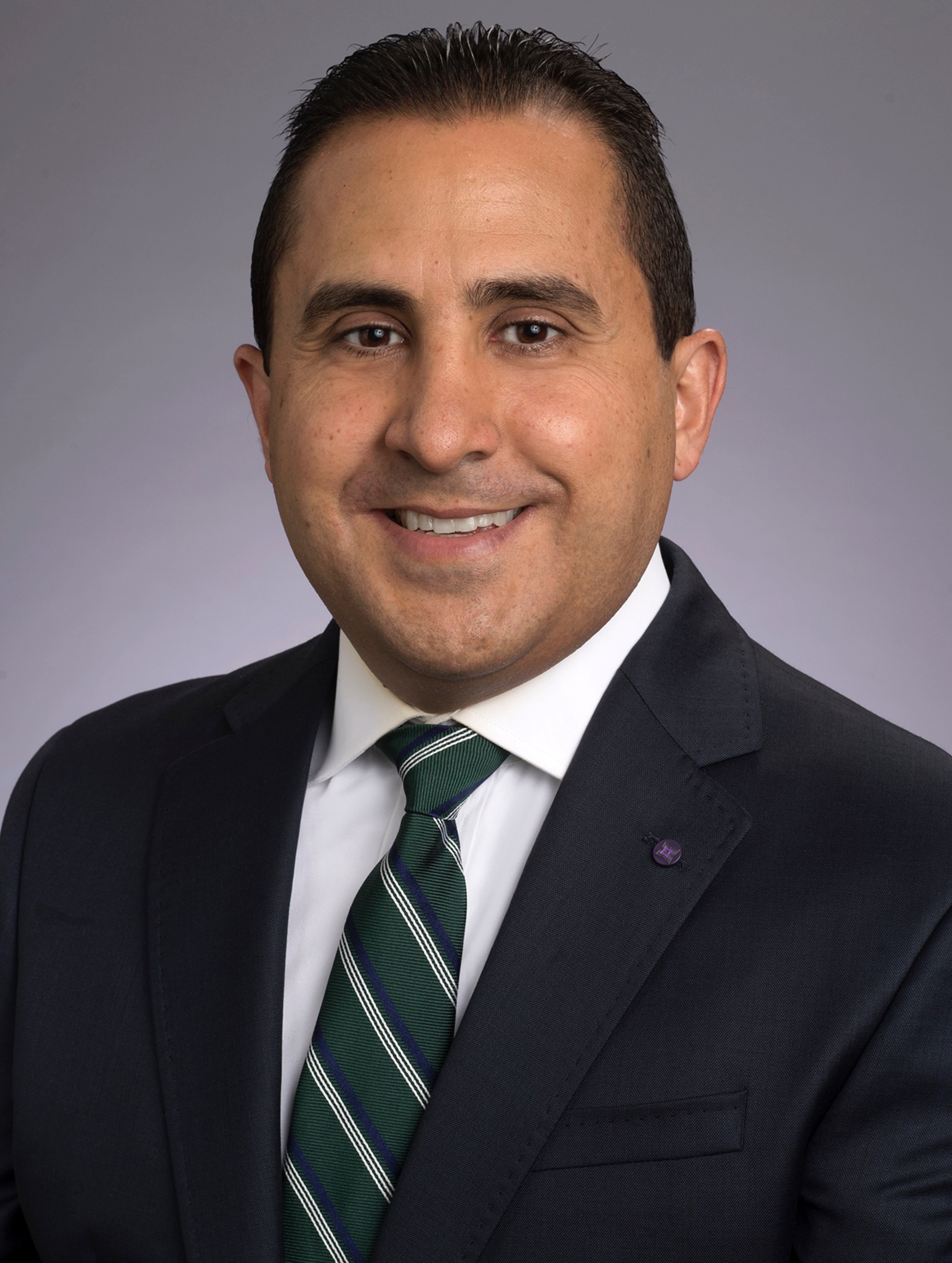The important role time plays when treating a stroke

Time is critical when it comes to preventing strokes from becoming severely debilitating, two Atlanta doctors explained.
“Every minute counts to save brain tissue,” said Dr. Juan Carlos Martinez Gutierrez, a vascular and interventional neurologist with Wellstar Health System.
The most common symptoms are a drooping face, arm or leg weakness, or speech difficulties. Once noticing any of the signs, quick action can increase the likelihood of qualifying for the best treatments.
“We understand that a lot of the outcomes that happen after a stroke are related directly to noticing a stroke or being aware of what the stroke symptoms are,” Martinez Gutierrez said.

An intravenous drug to break up the clot can be administered up to 4½ hours from the onset of stroke symptoms, he said.
There’s also a minimally invasive surgery in which doctors insert a catheter — a thin, flexible tube — and navigate it through the arteries in the arm or leg to the brain to remove the clot. The surgery is for only those with strokes in large blood vessels and can be done up to 24 hours from when the patient last appeared well, Martinez Gutierrez explained.
Compared with a decade ago, Martinez Gutierrez said Wellstar is treating 25% more patients ages 18–45 with stroke — “a notable rise in young adult cases.”
“Young patients, unfortunately, either are sleeping it off or are blowing off minor symptoms or going to call their primary care or some other nonemergency medical service that cannot deal with an acute stroke in a timely fashion,” he added
Dr. Fadi Nahab, a vascular neurologist who oversees the Emory Clinic as Emory Healthcare’s stroke quality director, said the majority of his patients are still older than 65, but the percentage of patients 18-45 is “definitely rising.”
Younger patients may seek care with similar symptoms to the older patients, but often delay diagnosis because they don’t think stroke would affect someone their age, Nahab said. But as symptoms persist, they may end up in the emergency room, where a brain scan leads to the stroke diagnosis.

If you seek emergency care within the first few hours, treatments can reverse injury, Nahab explained. Otherwise, brain tissue dies and can cause more permanent disability or take longer to recover through rehabilitation, he said.
Caught early, doctors can open the blocked artery in the brain and restore blood flow, reversing complete paralysis.
“It’s really miraculous.”
Nahab suggested this acronym to remember common symptoms:
“Be Fast” to recognize signs of stroke
Balance: sudden issue with balance, trouble walking, feeling like you are leaning or falling to one side as you walk
Eye: changes in your eyes, such as sudden vision loss in one or both eyes
Face: drooping to one side of your face when you try to smile
Arm: or leg, weakness on one side that begins suddenly
Speech: trouble getting your words out or slurring your speech
Time: to call 911, faster response can reduce disability.
Source: Georgia Department of Public Health, American Heart Association
Roni Robbins has been a journalist for 37 years. This is her second stint as a freelance reporter for the AJC. She also freelances for Medscape, where she was an editor. Her writing has appeared in WebMD, HuffPost, Forbes, NY Daily News, BioPharma Dive, MNN, Adweek, Healthline and others. She’s also the author of the multiaward-winning novel “Hands of Gold: One Man’s Quest to Find the Silver Lining in Misfortune.”

